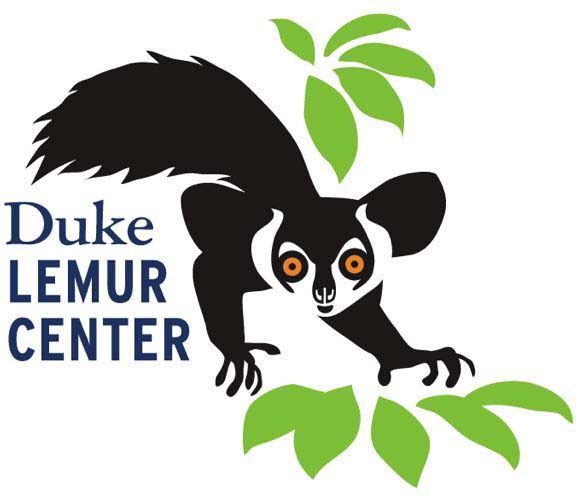May 18, 2012 — I’ve been planning for months and months, and the day is finally arriving. I’m leaving tomorrow to spend my summer in Madagascar! I can’t believe I’m finally saying that, but I’m really leaving tomorrow!
My name is Jennifer Moore and I’m a Master’s student at the Nicholas School of the Environment working towards my Master of Environmental Management degree with a focus on conservation. In addition, you might have seen me around Lemur Landing, as I have been giving tours since last August.
Back in October I approached Charlie Welch, Conservation Coordinator, letting him know that I wanted to spend my summer in Madagascar. I asked him if he had any ideas for a remote sensing project that I could complete and he put me in contact with Dr. Erik Patel, Postdoctoral Project Director of the SAVA Conservation Project. Eric and I worked together for months, sending countless emails sculpting my summer project, which will be the basis of my capstone Master’s project.
Tomorrow I will begin my journey to Marojejy National Park in northeastern Madagascar. This park is located in the rain forest, and is home to eleven lemur species, including the rare Silky Sifaka (Propithecus candidus). Other species include the white-fronted brown lemur, red-bellied lemur, northern bamboo lemur, Seal’s sportive lemur, Mittermeier’s mouse lemur, eastern woolly lemur, aye-aye, Masoala fork-marked lemur, greater dwarf lemur, and potentially the hairy-eared dwarf lemur too, although it has hardly been seen since Dr. Steve Goodman’s team confirmed it in Marojejy in 2001.
For the next three months, I will be doing lemur surveys throughout two regions of the park, looking for these 11 species. In addition, my team and I will be taking note of any habitat disturbance we observe, such as cut logs, cleared land, or any types of traps or snares. Any bushmeat traps or illegal dwellings in the forest will be destroyed. In addition, we will be creating a general assessment of the entire habitat of the area.
Once I return to the US in August, I‘ll be working with high-resolution imagery of the same areas within the Park, classifying the images based on land cover and land use. The collected data for the summer will be displaying on this classified map showing where the different lemur species were spotted, as well as looking at disturbance throughout the park.
Now that you’ve all read about the basics of my project, I promise the rest of my blog posts this summer will be filled with photos, videos, and fun stories. I’ll be living in a tent in the rainforest for the majority of the summer, but every time I head back to the city to restock supplies I’ll send a blog post or two showing our progress, as well as any lemurs we have found along the way!
Next post will be from Madagascar!
Jennifer

